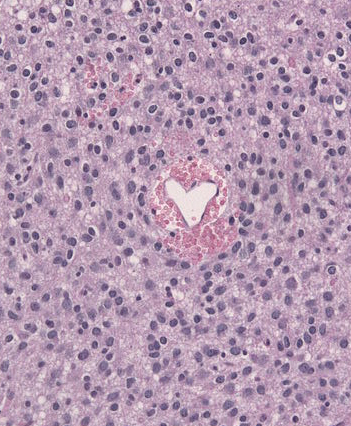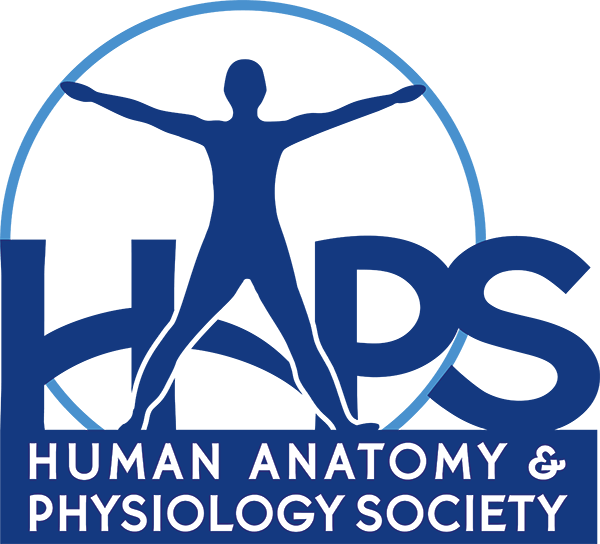This quarter I am teaching a histology unit without a microscopy lab. Wait, histology without microscopes… what!?!? I have never experienced a histology course without a lab component and when I first heard this I was very surprised. How do you teach histology without microscopes? What about the concept of magnification? Isn’t operating a microscope a necessary skill? Then I read a couple of journal articles and considered the merits of a purely virtual histology course.

Unless they are involved in a research project requiring optical microscopy or a pathologist analyzing samples, how frequently does the average researcher or medical professional actually use a light microscope? Could time spent practicing optical microscopy be better used learning other skills more relevant to their studies? Maybe career specific workshops or SPSS training? Microscopes are expensive and require upkeep. Could funds instead be used for resources needed in other courses. *cough cough Gross Anatomy cough*
Virtual microscopy is much more efficient for an institution and the students. A college or university could collect a large bank of images that can be updated continuously and won’t deteriorate over time. Online and long distance students are able to fully participate in labs. Slides can be shared rapidly between institutions without risking damaged or lost mail. Instructors can draw on slides to highlight structures without damaging them and students can compare slides of different magnifications or staining techniques side by side.
Histology curriculum often focuses on identifying structures in tissues and relating cell biology to the function of organ systems more than manual lab work. Students could practice reading slides as part of an active learning activity instead. Could microscopy be a workshop or research elective? Training would still be available for students, but only if they are planning to use this skill. This way students genuinely interested in microscopy could receive more individual attention from faculty.
So really, if you consider it, are students losing that much in a histology unit without a microscope? The course I am teaching is “Cell and Tissue Structure and Function.” It is part of the Biochemistry department. Students learn biochemistry and cell biology for the first seven weeks and end with a histology unit from me. We covered the four basic tissue types, integument, circulatory system, cartilage, and bone. The course is part of a physical therapy program. A laboratory component may be important in a course designed for future histologists, but these are physical therapy students. My lectures are packed with images, I have a workshop day set aside to practice analyzing slides, and I think they’ll be okay.
These are some of the papers I read while thinking about this change:
Mione, S., Valcke, M., & Cornelissen, M. (2013). Evaluation of virtual microscopy in medical histology teaching. Anatomical Sciences Education, 6(5), 307-315.
Mione, S., Valcke, M., & Cornelissen, M. (2016). Remote histology learning from static versus dynamic microscopic images. Anatomical Sciences Education, 9(3), 222-230.
Thompson, A. R., & Lowrie, D. J.,Jr. (2017). An evaluation of outcomes following the replacement of traditional histology laboratories with self-study modules. Anatomical Sciences Education, 10(3), 276-285.
Post comes from Julie Doll, MS, Anatomy Instructor in the Department of Anatomy for Chicago College of Osteopathic Medicine at Midwestern University.
